 |
 |
|
As we look further into some of the lower plants, we find ourselves looking at a very common, but unheralded group of plants, the mosses. |
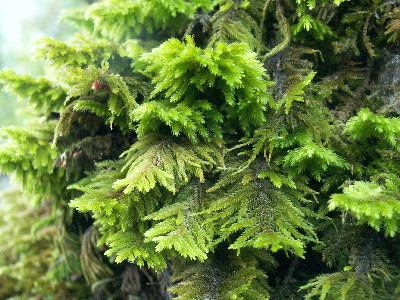 |
|
|
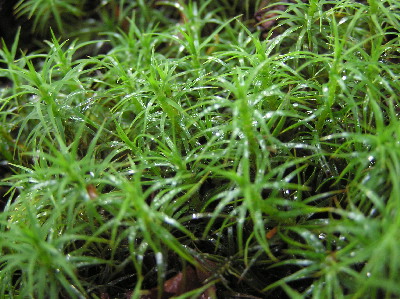 |
 |
|
|
|
|
Obviously, with a great number of species, we have a great number of different habitats. Within the rain forests there is a terrific number of options for these wonderful plants to germinate. This conk on a tree proves to be a nice quiet place for a number of plants to establish themselves. |
 |
|
|
Many mosses adapt to growing on the trees. There are those that thrive so well that they completely cover the trunks of some huge specimens. These species also have a vast number of different appearances. |
|
We see these shapes from the fine thin form of Anacolia menziesii above and the broader curly leaves of Dendroalsia abietina on the right as they take advantage of this aerial habitat.
|
|
|
|
|
|
|
|
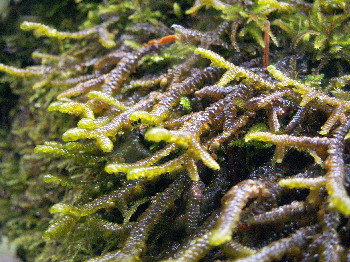 |
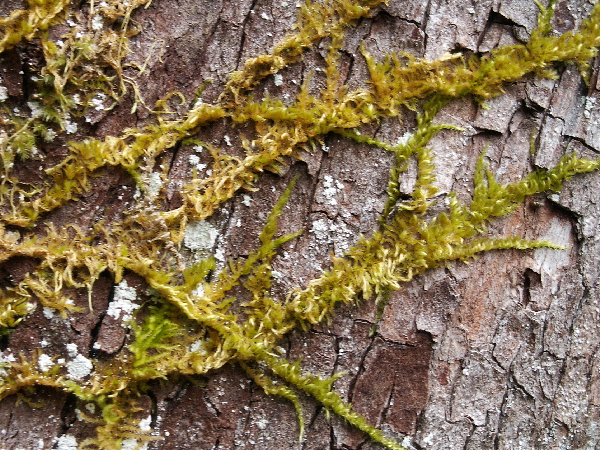 |
|
|
|
|
|
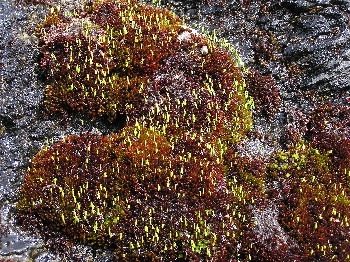 |
|
|
|
|
|
|
|
|
There is as great a variety of flowers on the mosses as with other plants, however, in mosses they produce spore capsules. Here we see a selection of these on different mosses. |
|
|
|
|
|
 |
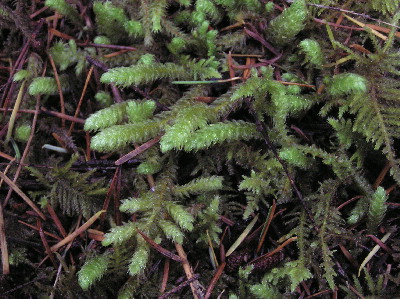 |
|
|
Three additional images showing more of the huge range of leaf patterns. The sprawling Atrichum selwyni, with the common name of Cranes Bill Moss. Then the Pipe Cleaner moss, Rhytidiopsis robusta. With the third member here similar to a young fern in appearance, Fontinalis neomexicana. |
|
|
|
|
|
|
Mosses, especially in rain forests or other areas that receive tremendous amounts of rain, can grow to huge masses. They are capable of covering large areas, spreading over anything that stands in their way. They go over rocks and cover fallen trees laying down this lush green carpet. |
 |
|
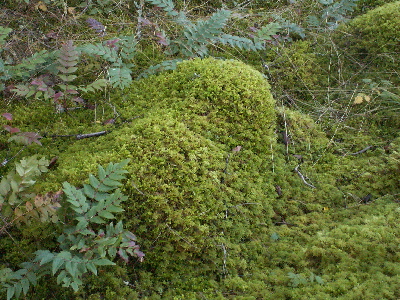 |
||
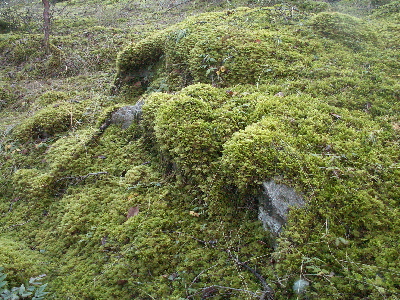 |
|
|
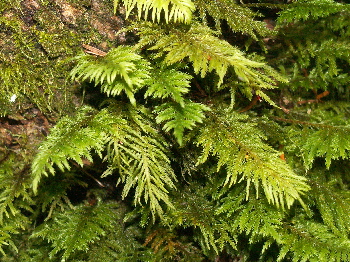 |
|
|
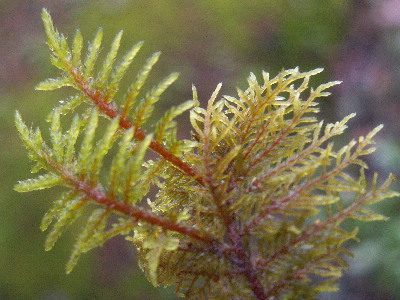 |
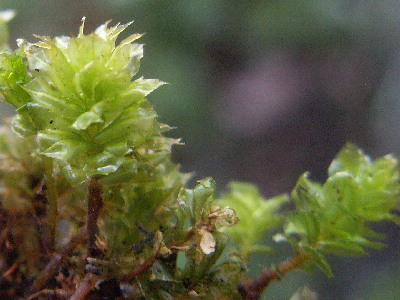 |
|
|
Three close up shots can show the variation in the different species. We have the Stair-step moss Hylocomium splendens, then the Magnificent moss, Plagiomnium venustum and Menzies Tree Moss. Leucolepis acanthoneuron. |
|
|
|
|
|
A contrast between two male mosses |
|
|
|
|
|
One of the strange common name amongst the mosses is the Electrified Cats
Tail Moss, Rhytidiadelphus triquetrus |
|
|
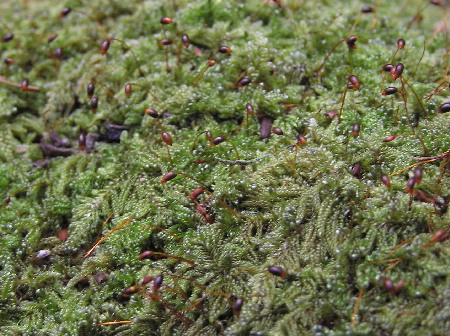 |
|
|
THIS IS A DEREILA PRESENTATION